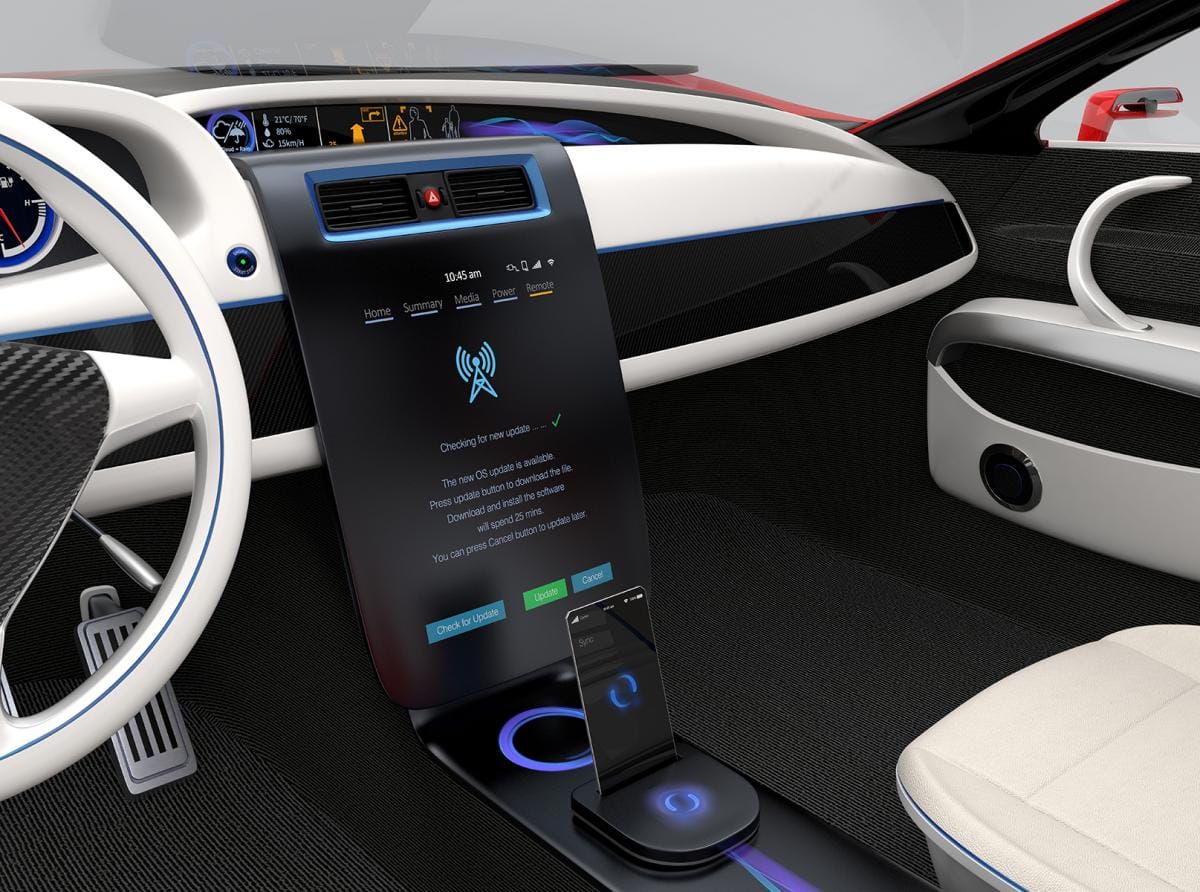 In 2018, Toyota plans to debut the first car with an in-vehicle infotainment (IVI) platform based on Automotive Grade Linux (AGL) according to a recently-published EE Times article. What was most notable about the article was not Toyota’s planned adoption of Linux for its IVI—many automakers have already embraced the open source Linux kernel for their infotainment platforms—but that it pointedly failed to mention the 800-pound gorilla in the room: Android.
In 2018, Toyota plans to debut the first car with an in-vehicle infotainment (IVI) platform based on Automotive Grade Linux (AGL) according to a recently-published EE Times article. What was most notable about the article was not Toyota’s planned adoption of Linux for its IVI—many automakers have already embraced the open source Linux kernel for their infotainment platforms—but that it pointedly failed to mention the 800-pound gorilla in the room: Android.
While Google has not yet formally launched its upcoming Android-based IVI, it’s hardly a secret. At the annual Google I/O conference last month, Google’s VP of Engineering Dave Burke mentioned it in the keynote, and vehicles from Audi and Volvo were on hand demoing a pre-release version. This comes a year after Google showed early prototypes at Google I/O 2016 and then followed up with public releases of related code and documentation. And several automakers are already shipping custom IVIs based on Android.
Despite that, when the EE Times article mentions competitors for AGL—QNX, Wind River, Green Hills, and Mentor Graphics—Google and Android don’t make the cut. Why? A good bet is that it’s because AGL and its partners know that---for good or ill—Android is likely to become the dominant IVI platform within the next few years. When Renesas VP Masahiro Suzuki emphasizes in the article that they are using a “completely compliant” Linux kernel with "no deviations, no alterations, no fork in the road,” he’s clearly taking aim at Google for the non-standard “improvements” they added to the Linux kernel for Android.
And in what appears to be the strangest jab at Google, the article quotes the AGL team as saying they will be "the only organization planning to address all software in the vehicle, including instrument cluster, heads up display, telematics, advanced driver assistance systems (ADAS) and autonomous driving,” even though Google’s autonomous car and Android IVI projects already cover this same territory. And as the EE Times article points out, the dozens of MCUs controlling the engine and other features of the car are unlikely candidates for Linux, with its large footprint and somewhat limited support for real-time software.
A quick look at AGL—which touts itself as providing a "70-80% starting point” for automakers creating an IVI—reveals why Android is such a threat. AGL is based on a custom Linux distribution built using Yocto, with an application framework and support for wireless, audio, and vehicle bus interfaces. But the project offers only bare-bones reference apps for standard infotainment features, and it provides no speech recognition technology, increasingly the primary user interface for modern infotainment systems. Automakers are left to build or license and integrate these software components themselves.
In contrast, Google's Android IVI will come with Google's best-in-class navigation, messaging, and music apps—in addition to hundreds of carefully curated apps from third-party developers—all tightly integrated with “OK Google” hands-free speech recognition and Google Assistant. And Android has been on the market for a decade, with a major new release every year, each incorporating significant improvements to the platform's stability, usability, and security. It’s frankly hard to see how automakers using AGL—or other infotainment platforms—will be able to keep up with Google.
Of course, that doesn’t mean that automakers will cede control to Google without a struggle. Toyota is also one of the few automakers to fail to support Android Auto—which lets Android phones drive the IVI’s display—on their infotainment systems. They also recently formed a consortium with Ford to try to limit Google’s influence on automotive standards. And for some automakers, putting the kibosh on Google may ultimately be more important than providing customers with the best IVI experience; after all, customers don’t select a car solely on the basis of its infotainment system. But mobile giant Samsung provides a cautionary tale about the difficulties of competing with Android.
Back in 2012, Samsung set out to create a competitor for Android—an OS named Tizen, also based on Linux—in a bid to limit Google’s control of the mobile market. Despite plans for Tizen to be used on all their mobile devices, today Samsung smartphone and tablets are still dominated by Android, with Tizen being limited to a few budget models. And in April of this year, Ars Technica reported that Tizen was “riddled with security flaws”; security analyst Amihai Neiderman is quoted as saying, "It may be the worst code I've ever seen”. And for those that are keeping score, AGL is built on top of Tizen IVI.



